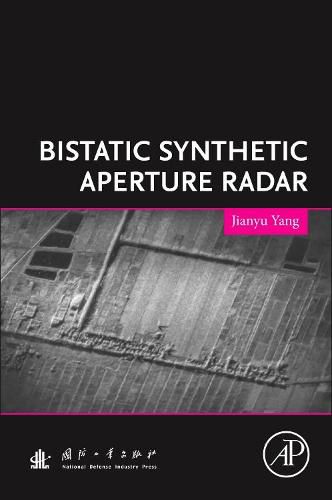Readings Newsletter
Become a Readings Member to make your shopping experience even easier.
Sign in or sign up for free!
You’re not far away from qualifying for FREE standard shipping within Australia
You’ve qualified for FREE standard shipping within Australia
The cart is loading…






Bistatic Synthetic Aperture Radar covers bistatic SAR in a comprehensive way, presenting theory, method and techniques, as well as the most recent research and near-future applications. The book begins with imaging principles and characteristics of monostatic SAR, moving on to common and novel problems before presenting theories, methods and experimental system design. The title presents the design of experimental systems, research results and experimental verification. It gives key knowledge from a leading research group, including one of the earliest bistatic side-looking SAR experiments and the first bistatic forward-looking SAR experiment in the world that used two aircraft.
Six chapters cover imaging theory, imaging algorithms, parameter estimation, motion compensation, synchronization and experimental verification. The book describes physical concepts simply and clearly and provides concise mathematical derivations.
$9.00 standard shipping within Australia
FREE standard shipping within Australia for orders over $100.00
Express & International shipping calculated at checkout
Bistatic Synthetic Aperture Radar covers bistatic SAR in a comprehensive way, presenting theory, method and techniques, as well as the most recent research and near-future applications. The book begins with imaging principles and characteristics of monostatic SAR, moving on to common and novel problems before presenting theories, methods and experimental system design. The title presents the design of experimental systems, research results and experimental verification. It gives key knowledge from a leading research group, including one of the earliest bistatic side-looking SAR experiments and the first bistatic forward-looking SAR experiment in the world that used two aircraft.
Six chapters cover imaging theory, imaging algorithms, parameter estimation, motion compensation, synchronization and experimental verification. The book describes physical concepts simply and clearly and provides concise mathematical derivations.